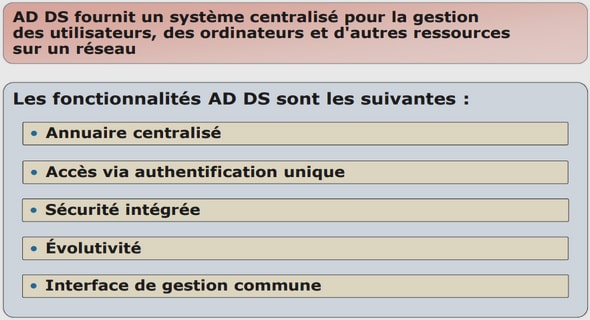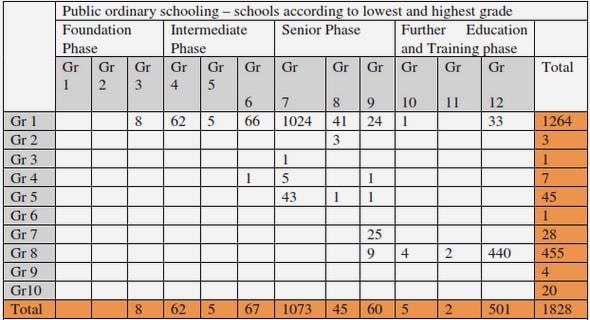Get Complete Project Material File(s) Now! »
Nucleation and growth kinetics
As mentioned earlier, dynamic recovery occurs at all temperatures and strain rates and in most cases up to the critical values of strain and the applied stress. Until the material is strained to certain critical values, nucleation of new grains occurs at the margins of existing grains by local grain boundary bulging through SIBM [52]. Therefore dynamic recovery is taken as the precursor for the nucleation of dynamically recrystallised grains if DRX is to take place. It is predominant at high strain rates and low deformation temperatures while dynamic recrystallisation is dominant at low strain rates and high deformation temperatures.
The evolution of a dynamically recrystallised microstructure based on the necklace structure has been suggested to be the most likely DRX mechanism that takes place during hot deformation. Figure 3.8 depicts schematically the microstructure evolution that takes place during dynamic recrystallisation where the new grain nucleates on the prior grain boundaries as shown in Figure 3.8(a) through what is known as the SIBM nucleation mechanism (originally conceived by Bailey–Hirsch[6]. The formed new grains stop to grow at the characteristic size, allowing new necklaces of same–size grains to form [55]. The process continues as deformation progresses as shown in Figure 3.8(b–d) until new grains develop fully as depicted in Figure 3.8(e). Unlike in other restoration mechanisms, the overall steady state mean grain size of a dynamically recrystallised material remains fairly constant as depicted in Figure 3.8(d).
In general the nucleation of new grains takes place on preferred sites such as prior grain boundaries (as shown in Figure 3.8) or at transition bands and shear bands or second–phase particles, or may be on inhomogeneities induced by the deformation or transition band or at (oxide) inclusions. As for dynamic recrystallisation, nucleation originates at high angle boundaries as they are more mobile. These may be the original grain boundaries, boundaries of dynamically recrystallised grains, or high angle boundaries created during straining (e.g. those associated with deformation bands or deformation twins). Bulging of grain boundaries is frequently observed as a prelude to dynamic recrystallisation, and it is usually assumed that a mechanism closely related to strain–induced grain boundary migration (SIBM) operates. If nucleation only occurs at grain boundaries, then a given number of nuclei in a fine–grained material will lead to more homogeneous recrystallisation than the same number in a coarse grained material [6]. Recrystallisation is a microstructural transformation, which is most directly measured by quantitative metallography. However, it is also possible to follow the progress of recrystallisation by the measurement of various physical or mechanical properties. The progress of recrystallisation with time during isothermal annealing is commonly represented by a plot of the volume fraction of material recrystallised, as a function of log(time), as shown in Figure 3.9.
Summary of the effect of increasing relative velocity on the coefficient of friction
It is reported [60] that among the various friction models that have been suggested in the literature, the most accurate model is still undefined and controversial. Friction is one of the most important fundamental phenomena that should be taken into account with rolling analysis because there is always relative motion and contact between the tool/roll and the workpiece. Without friction it would be impossible to deform the materials in hot rolling as friction is necessary to “pull the work piece into the roll gap”. The occurrence of friction is, however, complex in nature as highlighted from Figure 3.11 to Figure 3.20 because of the geometry of the contact area and other interrelationships between the parameters involved in deformation such as loading conditions, rolling speed/strain rate (Figure 3.11 Figure 3.16 and Figure 3.20), surface roughness or finish (Figure 3.15 and Figure 3.19), deformation temperature (Figure 3.12, Figure 3.13, Figure 3.13 and Figure 3.17), scale formation (Figure 3.17), lubricant used (Figure 3.14), rolling force (Figure 3.18) and the material being deformed (i.e. its material properties) [51], [61–85]. Figure 3.21 shows the process of deforming a work piece from Figure 3.21(a) to either Figure 3.21(b) which depicts an ideal case where the material is assumed to be deformed in the absence of friction or to Figure 3.21(c) which is more realistic and is invariably encountered during experimental deformation. Friction has the tendency to increase the pressures and forces between the workpiece and the tool and because of this the amount of reduction is also affected. If there was no friction between the circular ends of the workpiece and the platens of the press then the cylindrical specimen would reduce in height while remaining cylindrical in shape. The normal pressure would be constant over the contact circles. In metalworking simulations, deformation analyses are based on work pieces deformed in the laboratory. The hot compression deformation tests in the Gleeble simulators are done on cylindrical specimens that are held between the deformation jaws and the tungsten carbide anvils. Frictional effects are minimised by the use of tantalum foils which are placed between the anvil platens and the workpiece. Measuring friction along the contact area is a tedious task and as a result workers in this field have resorted to the use of a constant value for friction which is generally accepted [62]. The coefficient of friction is taken to be constant based on the assumption that the environment and surface conditions remain constant. The frictional conditions on the top and bottom faces of the specimens and the anvils are approximated by several models.
1. CHAPTER 1: BACKGROUND
1.1 Introduction
1.2 Uses of AISI 304 and AISI 321
1.3 The Hot rolling process
1.4 Problem statement
1.5 Research plan
1.6 Objectives
1.7 Conclusion
2. CHAPTER 2: STRENGTHENING MECHANISMS IN STAINLESS STEELS
2.1 Introduction
2.2 Effects of alloying elements
3. CHAPTER 3: SOFTENING MECHANISMS IN STEELS
3.1 Dynamic recrystallisation
3.2 Initiation of DRX
3.3 Dynamic Recovery
3.4 Constitutive governing equations
3.5 Nucleation and growth kinetics
3.6 Friction
3.7 Multipass compression tests and interpass time
3.8 The dynamic recrystallisation to dynamic recovery transition temperature
4. CHAPTER 4: EXPERIMENTAL PROCEDURES
4.1 Introduction
4.2 The specimen materials
4.3 Optical microscopy
4.4 Compression test procedure
4.5 Initial austenite grain size test
4.6 Microhardness measurements
4.7 Scanning Electron Microscope specimen preparation
4.8 Transmission Electron Microscope specimen preparations
4.9 Electron Backscattered Diffraction (EBSD) Sample Preparation
4.10 Phases as predicted by Thermo–Calc
5. CHAPTER 5: EXPERIMENTAL RESULTS
5.1 Introduction
5.2 Single hit Gleeble tests results for 321
5.3 Multipass Gleeble tests results for AISI 321
5.4 Single hit Gleeble tests results for AISI 304
5.5 Multipass Gleeble tests results for AISI 304
5.7 TEM results
5.8 SEM results
5.9 Normal optical microscopy results
5.10 EBSD results
6. CHAPTER 6: CONSTITUTIVE CONSTANTS
6.1 Introduction
6.2 Constitutive constants for AISI 321
6.3 Constitutive constants for AISI 304
7. CHAPTER 7: DISCUSSION
7.1 Introduction
7.2 Effect of deformation conditions and alloying elements on DRV and DRX
7.3 Effect of ? ?ferrite on the activation energy Q for DRX
7.4 Summary of the characteristic constants
7.5 Comparison of the flow curves of 321 and 304 steels
7.6 Comparison of the peak strains of 321 and 304 steels
7.7 Comparison of the work hardening rates of 321 and 304 steels
7.8 What influences TT DR ?
7.9 Prediction of hot rolling parameters using 321 steel as a study material
7.10 Validation of the model
8 CHAPTER 8: CONCLUSIONS
9 CHAPTER 9: REFERENCES
10 CHAPTER 10: APPENDICES
10.1 Appendix A – Excel worksheet
10.2 Appendix B – Equations
10.3 Appendix C – Extract of the calculated results


